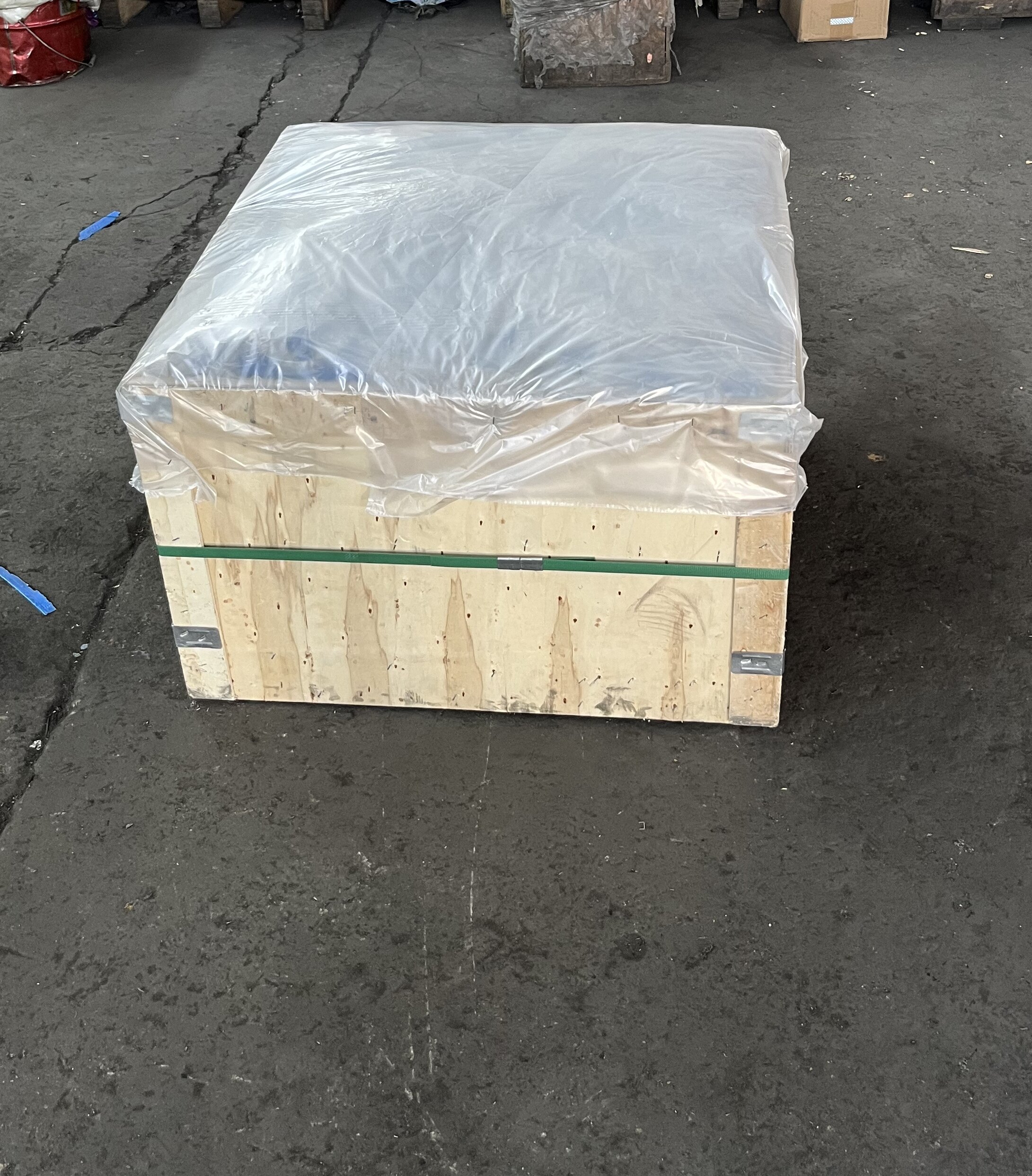-
Cangzhou Yulong Steel Co., Ltd.
-
Phone:
+86 13303177267 -
Email:
admin@ylsteelfittings.com
- English
- Arabic
- Italian
- Spanish
- Portuguese
- German
- kazakh
- Persian
- Greek
- French
- Russian
- Polish
- Thai
- Indonesian
- Vietnamese
- Zulu
- Korean
- Uzbek
- Hindi
- Serbian
- Malay
- Ukrainian
- Gujarati
- Haitian Creole
- hausa
- hawaiian
- Hebrew
- Miao
- Hungarian
- Icelandic
- igbo
- irish
- Japanese
- Javanese
- Kannada
- Khmer
- Rwandese
- Afrikaans
- Albanian
- Amharic
- Armenian
- Azerbaijani
- Basque
- Belarusian
- Bengali
- Bosnian
- Bulgarian
- Catalan
- Cebuano
- China
- China (Taiwan)
- Corsican
- Croatian
- Czech
- Danish
- Esperanto
- Estonian
- Finnish
- Frisian
- Galician
- Georgian
- Kurdish
- Kyrgyz
- Lao
- Latin
- Latvian
- Lithuanian
- Luxembourgish
- Macedonian
- Malgashi
- Malayalam
- Maltese
- Maori
- Marathi
- Mongolian
- Myanmar
- Nepali
- Norwegian
- Norwegian
- Occitan
- Pashto
- Dutch
- Punjabi
- Romanian
- Samoan
- Scottish Gaelic
- Sesotho
- Shona
- Sindhi
- Sinhala
- Slovak
- Slovenian
- Somali
- Sundanese
- Swahili
- Swedish
- Tagalog
- Tajik
- Tamil
- Tatar
- Telugu
- Turkish
- Turkmen
- Urdu
- Uighur
- Welsh
- Bantu
- Yiddish
- Yoruba

Nov . 02, 2024 09:15 Back to list
bending tubular steel
Understanding Bending Tubular Steel
Bending tubular steel is a vital process in various industries, including construction, automotive, and manufacturing. Tubular steel, characterized by its hollow cross-section, offers unique advantages over solid steel. Its lightweight nature, combined with high strength, makes it an ideal choice for applications that require both durability and reduced weight.
When bending tubular steel, it is essential to understand the material's properties and the impact of bending techniques on its structural integrity
. Tubular steel can be made from different materials, including carbon steel, stainless steel, and aluminum. Each material has its specific strength characteristics, making it suitable for different bending processes and applications.There are several bending methods employed in the industry, such as cold bending, hot bending, and roll bending. Cold bending is commonly used for thinner-walled tubes, where the bending occurs at room temperature. This method involves using bending machines that apply pressure gradually to achieve the desired curve without compromising the structural integrity of the tube. Cold bending is efficient and precise, allowing for tight radii and complex shapes without any significant risk of deformation or cracking.
Hot bending, on the other hand, involves heating the tubular steel before the bending process. This technique is often employed for thicker materials, where the heat allows for greater flexibility and reduces the risk of cracks. Hot bending can accommodate larger bends, but it requires careful temperature control to avoid weakening the material. The use of this method is particularly common in large structural components, where strength and durability are critical.
bending tubular steel

Roll bending is another prevalent technique, especially for producing large radius bends. In this process, the tubular steel is passed through a set of rollers that gradually bend the material into a curved shape. This method is efficient for creating uniform bends and is often used for manufacturing components like railings, frames, and pipelines.
In addition to the bending process, proper design considerations are crucial. Engineers must calculate the bending radius and ensure that the material will not exceed its yield strength under loads. Finite element analysis (FEA) is often utilized to predict how the tubular steel will behave under different bending scenarios, allowing for optimized design and improved safety.
Furthermore, the finishing processes after bending are equally important. Techniques such as welding, coating, and painting may be utilized to enhance the performance and aesthetic appeal of the bent tubular steel. Protective coatings can prevent corrosion, while proper welding techniques ensure that the joints maintain their strength.
In conclusion, bending tubular steel is an essential manufacturing technique with a broad range of applications. Understanding the properties of the steel, the various bending methods available, and the importance of design and finishing processes will help ensure that the final product meets the requirements for strength, durability, and functionality. As industries continue to evolve, advancements in bending technology will likely lead to even more innovative applications for tubular steel.
Latest news
-
ANSI 150P SS304 SO FLANGE
NewsFeb.14,2025
-
ASTM A333GR6 STEEL PIPE
NewsJan.20,2025
-
ANSI B16.5 WELDING NECK FLANGE
NewsJan.15,2026
-
ANSI B16.5 SLIP-ON FLANGE
NewsApr.19,2024
-
SABS 1123 FLANGE
NewsJan.15,2025
-
DIN86044 PLATE FLANGE
NewsApr.19,2024
-
DIN2527 BLIND FLANGE
NewsApr.12,2024
-
JIS B2311 Butt-Welding Fittings LR/SR 45°/90° /180°Seamless/Weld
NewsApr.23,2024











